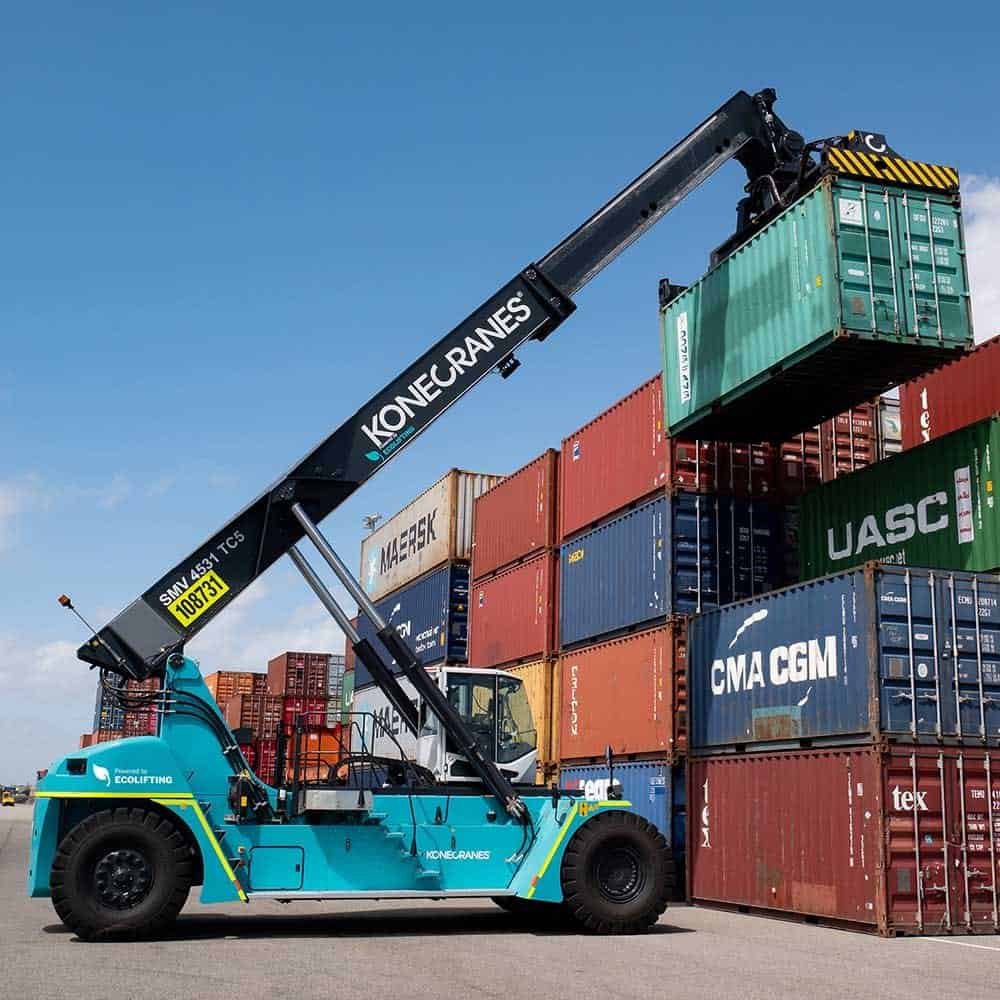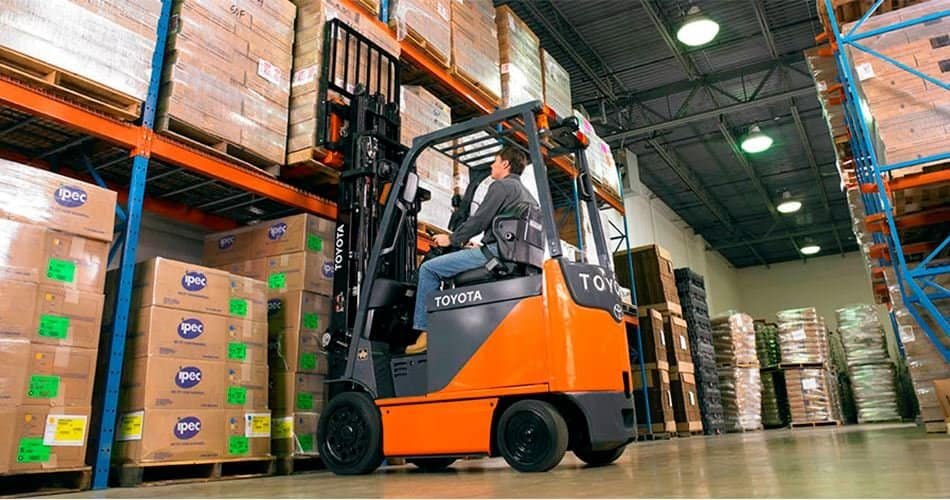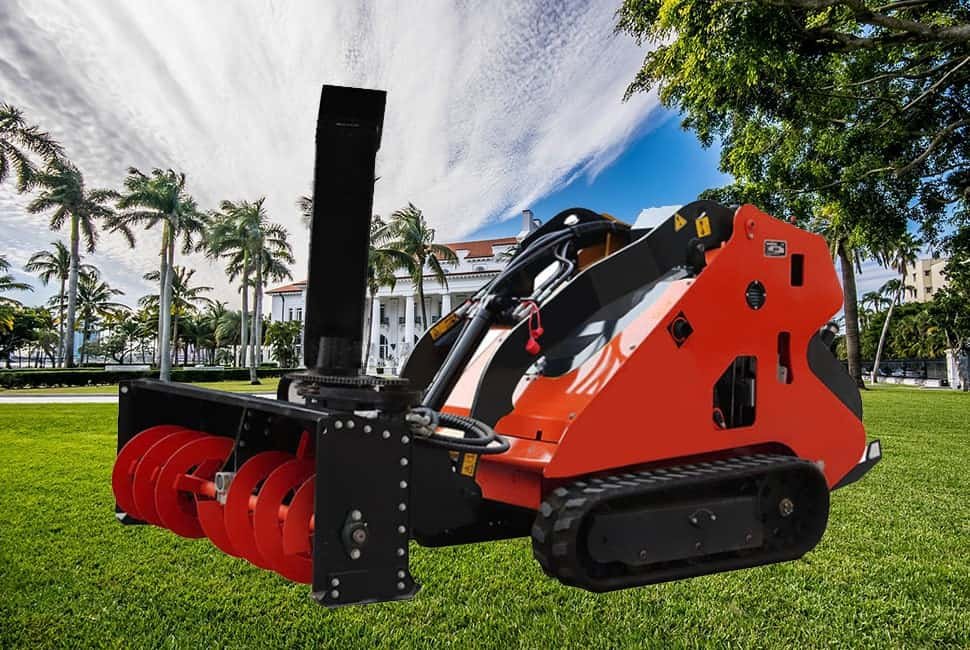Choosing the right forklift dimensions is crucial, as it directly impacts both operational efficiency and warehouse space utilization. Understanding forklift sizes helps you make the best decision and avoid unnecessary complications.
Forklifts come in various sizes, including different lengths, widths, and heights. Knowing how different dimensions of forklifts fit into your work environment is essential for balancing space constraints and operational needs. This guide helps you choose the right forklift dimensions.
Next, let’s dive deeper into what forklift dimensions are, why they matter, and how to measure them to make an informed choice.
What Are Forklift Dimensions?
When considering the purchase or rental of a forklift, understanding its dimensions is crucial. Forklift dimensions typically refer to the overall size of the vehicle, encompassing its length, width, and height. These measurements are fundamental when selecting a forklift to match your operational environment.
The Importance of Forklift Dimensions
Forklift dimensions play a pivotal role in determining several key aspects of the machine’s functionality:
- Weight Capacity: The size of a forklift often correlates with its lifting capacity. Larger forklifts generally have higher weight capacities, making them suitable for heavy-duty tasks, while smaller forklifts are designed for lighter loads.
- Maneuverability: The dimensions of a forklift directly impact its ability to navigate tight spaces. Compact forklifts are ideal for indoor use, especially in warehouses with narrow aisles, while larger models are better suited for outdoor use or larger warehouses with ample space.
- Suitability for Different Environments: Forklifts come in various sizes to meet the needs of different working environments. Common forklift sizes include compact, standard, and heavy-duty models, each designed for specific tasks. Compact models are perfect for tight spaces, standard models offer a balance of size and capacity, and heavy-duty models are built for large-scale operations.

Why Forklift Dimensions Matter in Warehouse Management?
Forklift dimensions play a crucial role in warehouse management, significantly influencing storage capacity and the overall efficiency of operations. The size and dimensions of a forklift can have a profound impact on how well it navigates the warehouse, handles materials, and fits into the available space.
The Impact of Forklift Dimensions on Warehouse Efficiency
Proper forklift size allows for better utilization of available warehouse space, thereby reducing the time and costs involved in material handling. When a forklift is appropriately sized for the warehouse, it can move more efficiently, access storage areas more easily, and handle loads more effectively. This, in turn, can significantly increase operational productivity and reduce downtime.
Choosing the Right Forklift Dimensions
In a warehouse setting, choosing the right forklift dimensions can make or break the productivity of the operation. A forklift that is too large may take up valuable space and hinder movement, making it difficult to navigate narrow aisles or fit into tight storage areas. Conversely, a forklift that is too small may not be able to handle the required loads efficiently, leading to increased labor and time costs.
By matching forklift dimensions to your warehouse layout and operational needs, you can ensure smooth, efficient operations and maximize storage space. Here are some key considerations to keep in mind:
- Warehouse Layout: Assess the dimensions of your warehouse, including aisle widths, doorways, and storage areas. This will help you determine the appropriate size of the forklift that can maneuver comfortably without taking up excessive space.
- Load Requirements: Consider the size and weight of the loads you need to handle. A forklift with adequate lifting capacity and appropriate dimensions will ensure that materials are moved safely and efficiently.
- Operational Needs: Think about the specific tasks your forklift will perform. Different operations may require different sizes and types of forklifts. For example, a compact forklift may be ideal for indoor use in a small warehouse, while a larger, more powerful model may be necessary for heavy-duty tasks in a larger facility.

Maximizing Efficiency and Productivity
Selecting the right forklift dimensions is essential for maximizing efficiency and productivity in your warehouse. A well-chosen forklift will:
- Optimize Space Utilization: Ensure that valuable warehouse space is used efficiently, allowing for more storage and better organization.
- Enhance Material Handling: Improve the speed and accuracy of material handling, reducing the time required for loading, unloading, and moving goods.
- Improve Safety: A forklift that fits well within the warehouse layout reduces the risk of accidents and damage to goods and equipment.
- Increase Productivity: By streamlining operations and reducing downtime, the right forklift can significantly boost overall productivity.
Forklift dimensions are a critical factor in warehouse management, directly affecting storage capacity and operational efficiency. By carefully considering the warehouse layout, load requirements, and operational needs, you can select a forklift that fits perfectly into your operations. The right choice will not only optimize space utilization but also enhance material handling, improve safety, and increase productivity, ultimately leading to a more efficient and profitable warehouse operation.
Common Forklift Dimensions and Their Applications
When it comes to forklifts, there are several common dimensions that cater to a variety of applications. These dimensions are typically categorized into small, standard, and heavy-duty models, each designed to meet specific operational needs.
Common Forklift Dimensions and Their Applications
- Compact Forklifts
- Dimensions: Typically measure between 2-3 meters in length and 1-1.5 meters in width.
- Ideal for: Narrow spaces, small warehouses, and environments where maneuverability is crucial.
- Key Features: Compact forklifts are designed to navigate tight aisles and confined areas with ease. Their small size makes them perfect for tasks that require precision and flexibility, such as handling goods in retail stores or small industrial settings.
- Standard Forklifts
- Dimensions: Measure between 4-5 meters in length.
- Ideal for: General warehouse environments where a balance of size and capacity is needed.
- Key Features: Standard forklifts are versatile and can handle a wide range of tasks. They are designed to operate efficiently in medium-sized warehouses, providing adequate lifting capacity and maneuverability. These models are often the go-to choice for general material handling tasks.
- Heavy-Duty Forklifts
- Dimensions: Larger than standard models, with dimensions that can vary significantly based on the specific model and application.
- Ideal for: Outdoor use and large-scale material handling tasks, such as construction sites, ports, and large industrial facilities.
- Key Features: Heavy-duty forklifts are built to handle larger and heavier materials. They are designed for tough tasks, such as moving heavy equipment, large containers, and bulky construction materials. Their robust construction and powerful engines make them suitable for demanding environments.

Safety Considerations When Choosing Forklift Dimensions
Safety should always be a top priority when selecting a forklift, and choosing the right size can significantly reduce the risk of accidents and ensure smooth, efficient operations.
The Importance of Proper Sizing
Choosing the right forklift size is crucial for minimizing the risk of accidents. A forklift that is too large for its environment can create significant hazards, while one that is too small might fail to meet operational needs, leading to inefficiencies and potential safety issues.
Potential Risks of Improperly Sized Forklifts
- Tipping Accidents:
- Too Large: Forklifts that are too large for a warehouse or narrow aisles can easily tip over, especially when navigating tight turns or uneven surfaces. This can lead to severe accidents, injuries, and damage to both the forklift and surrounding equipment.
- Too Small: A forklift that is too small might not have the necessary lifting capacity for heavy loads. Overloading a forklift can also cause it to tip, leading to accidents and damage.
- Collisions and Damage:
- Too Large: Large forklifts can collide with shelves, walls, or other equipment in tight spaces, leading to costly damage and potential downtime.
- Too Small: A forklift that is too small may struggle to handle the required tasks, leading to inefficiencies and potential overloading, which can also cause damage to the forklift itself.
Ensuring Safety and Efficiency
To ensure safety and operational efficiency, it is essential to match the forklift’s dimensions to both the work environment and the tasks it needs to perform. Here are some key considerations:
- Warehouse Layout:
- Measure the dimensions of your warehouse, including aisle widths, doorways, and storage areas. This will help you determine the appropriate size of the forklift that can maneuver comfortably without taking up excessive space.
- Load Requirements:
- Assess the size and weight of the loads you need to handle. A forklift with adequate lifting capacity and appropriate dimensions will ensure that materials are moved safely and efficiently.
- Operational Needs:
- Consider the specific tasks your forklift will perform. Different operations may require different sizes and types of forklifts. For example, a compact forklift may be ideal for indoor use in a small warehouse, while a larger, more powerful model may be necessary for heavy-duty tasks in a larger facility.
- Training and Compliance:
- Ensure that all operators are properly trained and certified to use the specific type of forklift. Regular safety training and adherence to OSHA guidelines can significantly reduce the risk of accidents.
خاتمة
Choosing the right forklift dimensions is not just about matching the size to the task; it is also about ensuring the safety of your workforce and the integrity of your operations. By carefully considering the warehouse layout, load requirements, and operational needs, you can select a forklift that is both efficient and safe. Always prioritize safety when making your decision to prevent accidents and ensure smooth, efficient operations.


